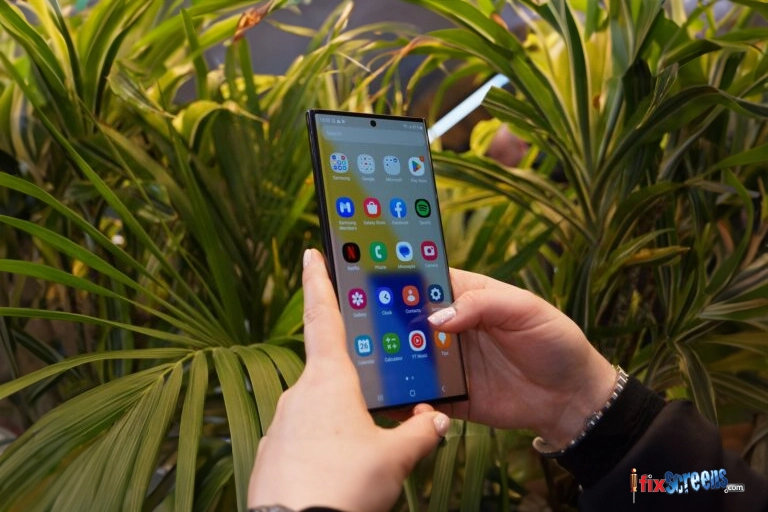Experiencing slowdowns on your Samsung Galaxy device can be frustrating but there are several steps you can take to improve performance. In this comprehensive guide we’ll explore various methods to help you get your Samsung Galaxy running smoothly again.
Understanding the Issue
Before diving into solutions it’s essential to understand why your Samsung Galaxy might be slowing down. Common reasons include:
- Outdated Software: An older version of the operating system might cause performance issues.
- Overloaded Storage: Too many apps or files can slow down your device.
- Background Processes: Apps running in the background consume system resources.
- Battery Health: A deteriorating battery can impact performance.
Update Your Software
Why Updates Matter
Software updates are not just about new features; they often include performance improvements and bug fixes. An outdated OS can cause your device to lag or behave unpredictably.
How to Update
- Connect to Wi-Fi: Ensure you’re connected to a stable Wi-Fi network.
- Go to Settings: Open the Settings app on your Samsung Galaxy.
- Select Software Update: Tap on “Software update” or “System updates”.
- Check for Updates: Tap “Download and install” to search for available updates.
- Install: Follow the on-screen instructions to complete the update.
Free Up Storage Space
Identify Storage Hogs
Apps media files and cache data can quickly consume your storage space. Here’s how to manage it:
- Go to Settings: Open the Settings app.
- Select Storage: Tap on “Storage” to view what’s using space.
- Review and Delete: Delete unused apps, large files and old media.
Clear Cache
Clearing cache can free up space and improve performance:
- Go to Settings: Open the Settings app.
- Select Apps: Tap on “Apps” or “Application manager”.
- Choose an App: Select an app that’s using a lot of cache.
- Clear Cache: Tap on “Storage” and then “Clear cache”.
Manage Background Apps
Why Background Apps Matter
Apps running in the background consume resources and can slow down your device.
How to Manage
- Go to Settings: Open the Settings app.
- Select Apps: Tap on “Apps” or “Application manager”.
- Review Running Apps: Check which apps are running in the background.
- Force Stop: For apps you don’t need to tap “Force stop”.
Uninstall Unnecessary Apps
Why Uninstall Apps
Unused or rarely used apps can clutter your device and affect performance.
How to Uninstall
- Go to Settings: Open the Settings app.
- Select Apps: Tap on “Apps” or “Application manager”.
- Choose an App: Select the app you want to uninstall.
- Uninstall: Tap “Uninstall” and confirm.
Disable or Limit Animations
Why Disable Animations
Animations can be visually appealing but may use extra resources.
How to Disable
- Enable Developer Options: Go to Settings > About phone > Tap on “Build number” seven times.
- Go to Developer Options: Open Developer Options in the Settings menu.
- Adjust Animation Settings: Find “Window animation scale” “Transition animation scale” and “Animator duration scale”. Set these to “0.5x” or “Off”.
Restart Your Device
Why Restart
Restarting can help clear temporary issues and refresh the system.
How to Restart
- Press and Hold Power Button: Hold the power button until the power menu appears.
- Select Restart: Tap on “Restart” or “Reboot” and confirm.
Factory Reset (Last Resort)
When to Use
A factory reset can resolve persistent performance issues but will erase all data on your device.
How to Perform a Factory Reset
- Backup Your Data: Ensure all important data is backed up.
- Go to Settings: Open the Settings app.
- Select General Management: Tap on “General management” or “System”.
- Choose Reset: Tap on “Reset” or “Factory data reset”.
- Confirm: Follow the prompts to complete the reset.
Optimize Battery Usage
Why Optimize Battery
A battery that’s in poor condition can affect overall performance.
How to Optimize
- Go to Settings: Open the Settings app.
- Select Battery: Tap on “Battery” or “Battery and device care”.
- Check Battery Health: Look for options to optimize or view battery health.
- Enable Power Saving Mode: Activate Power Saving Mode to extend battery life.
Check for Hardware Issues
When to Check Hardware
If performance issues persist after trying all software solutions hardware problems may be the cause.
How to Check
- Visit a Samsung Service Center: If you’re unsure visit an authorized service center for a diagnostic check.
- Inspect Physical Damage: Check for any visible damage to your device.
Conclusion
To boost your Samsung Galaxy’s performance, visit my website for detailed solutions. Regular updates, storage management, and optimization can significantly enhance your device’s speed. If these steps don’t resolve the issue, consider a factory reset or seek professional help. Following these tips will help you enjoy a smoother, faster user experience.
